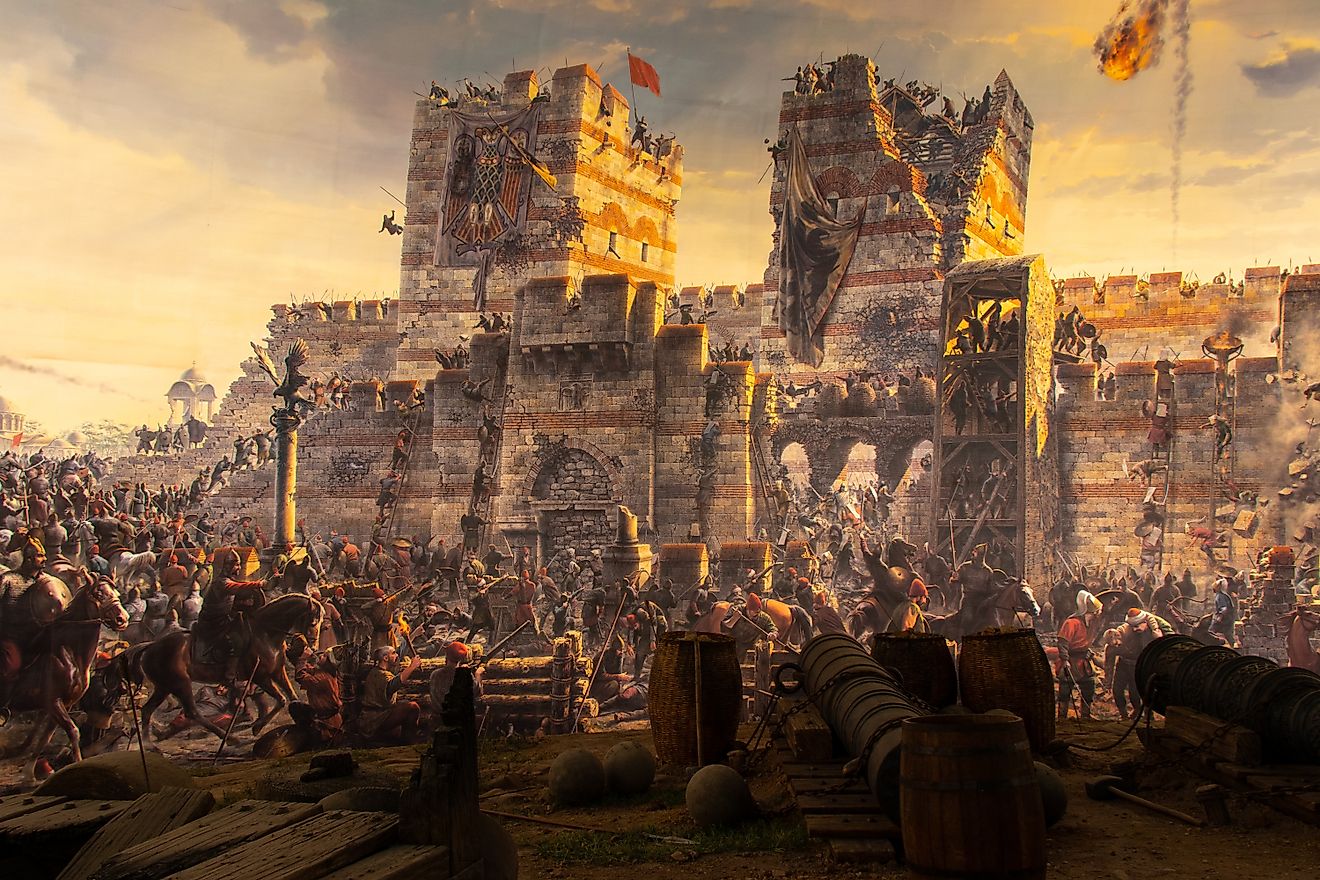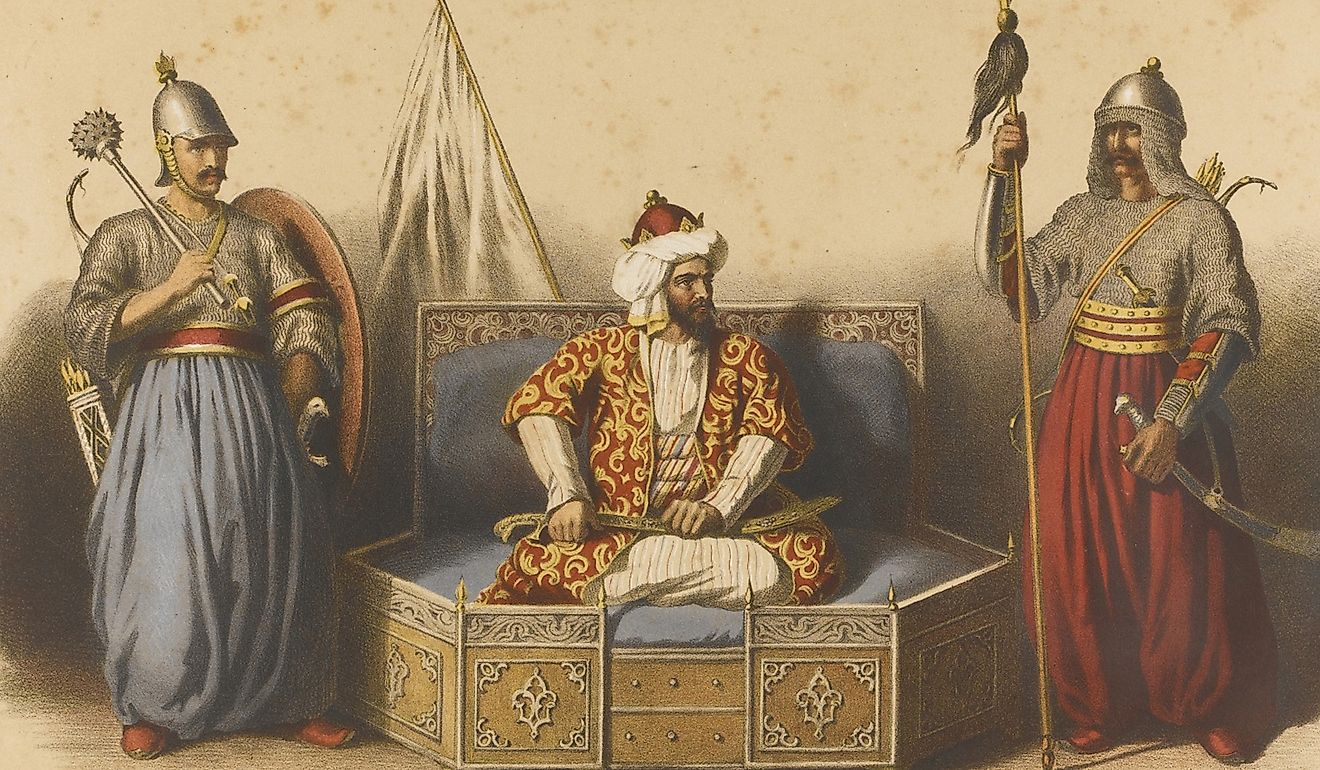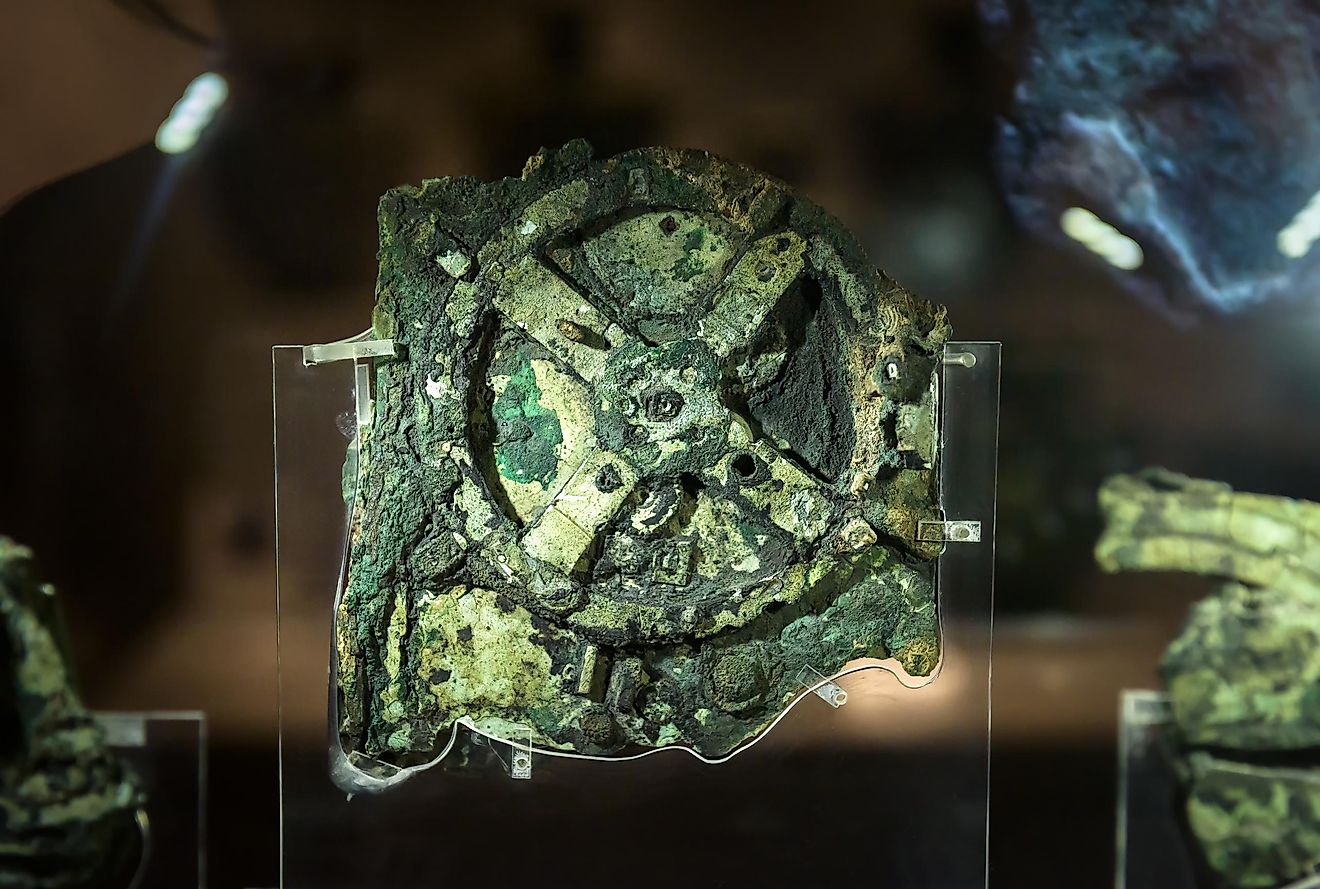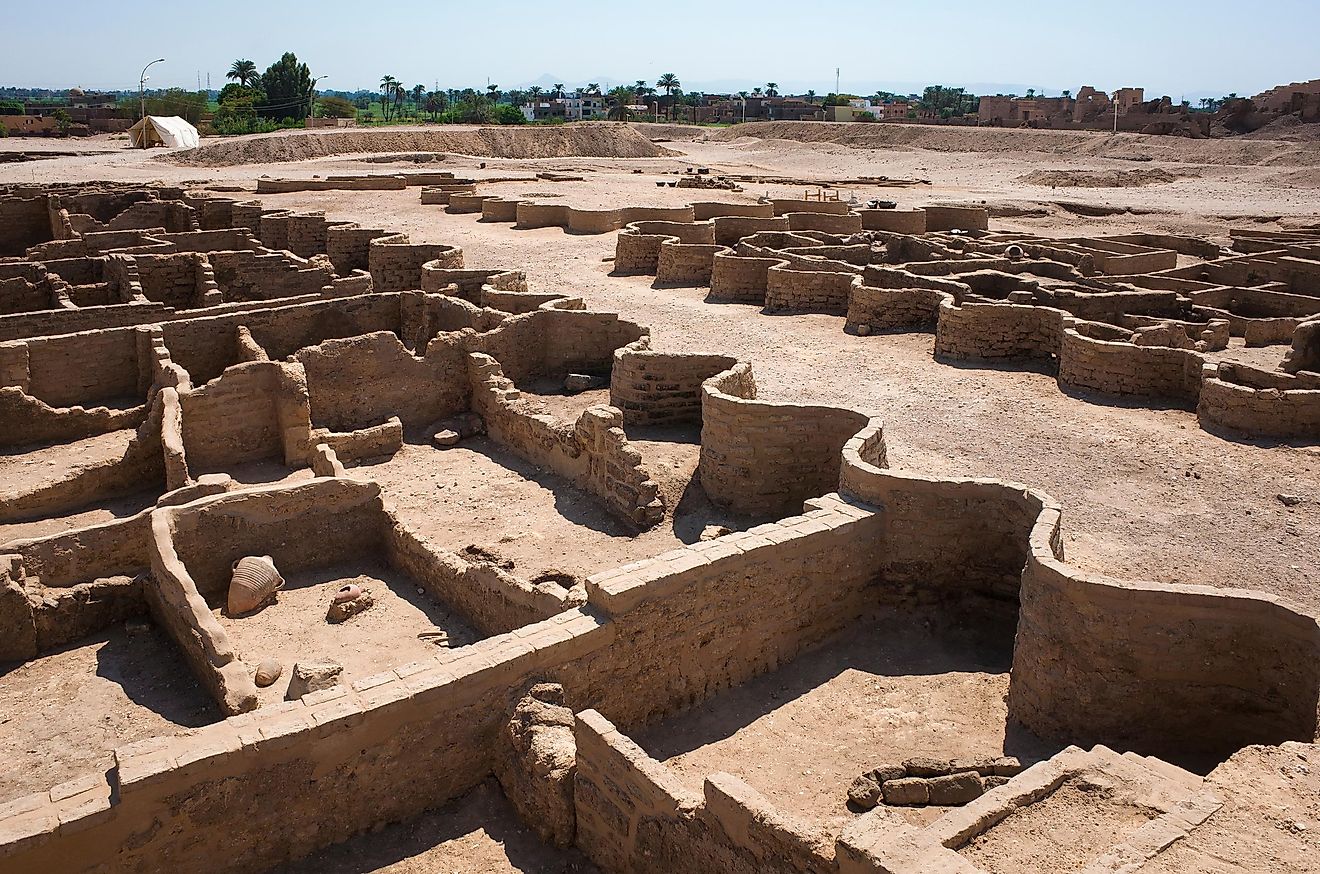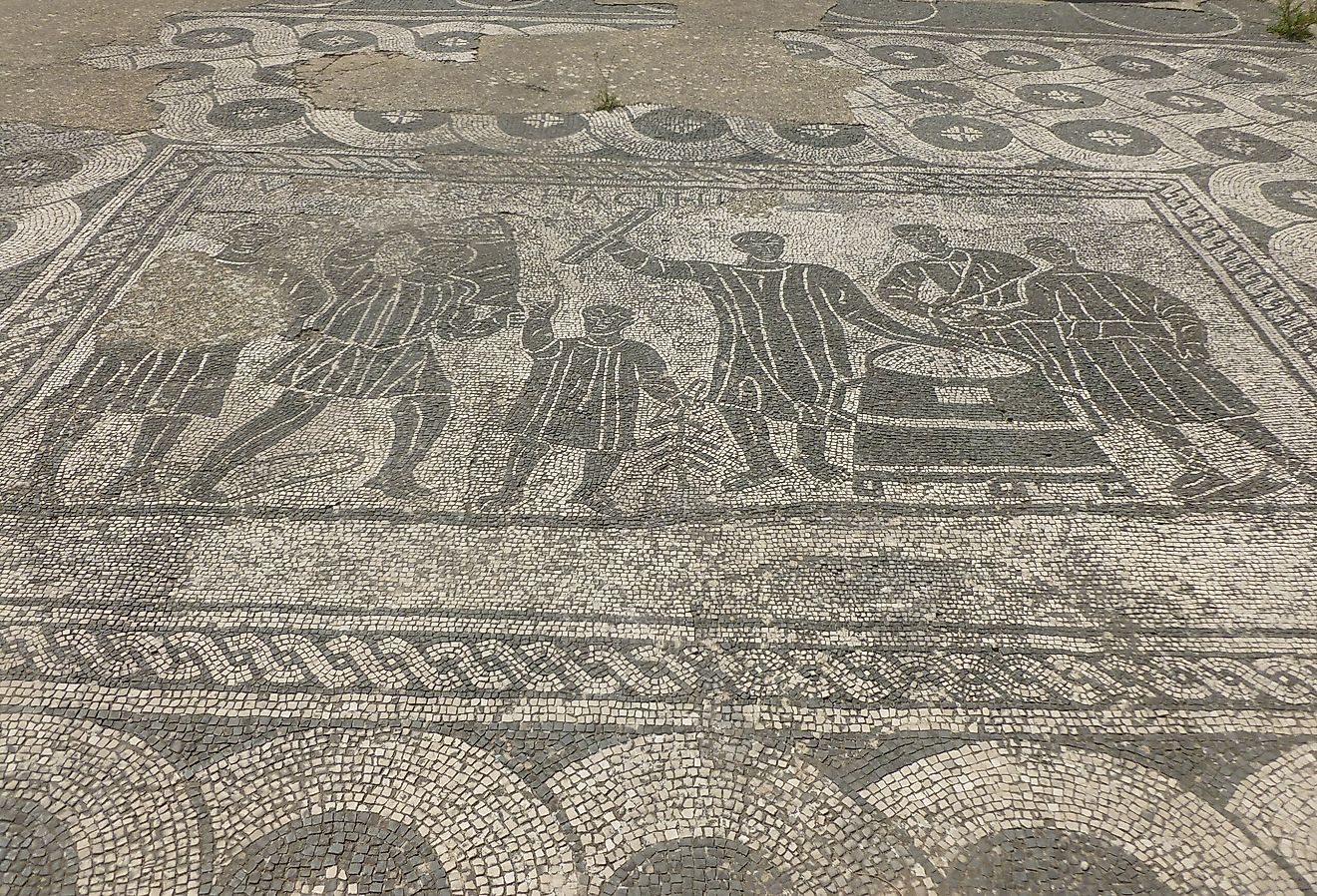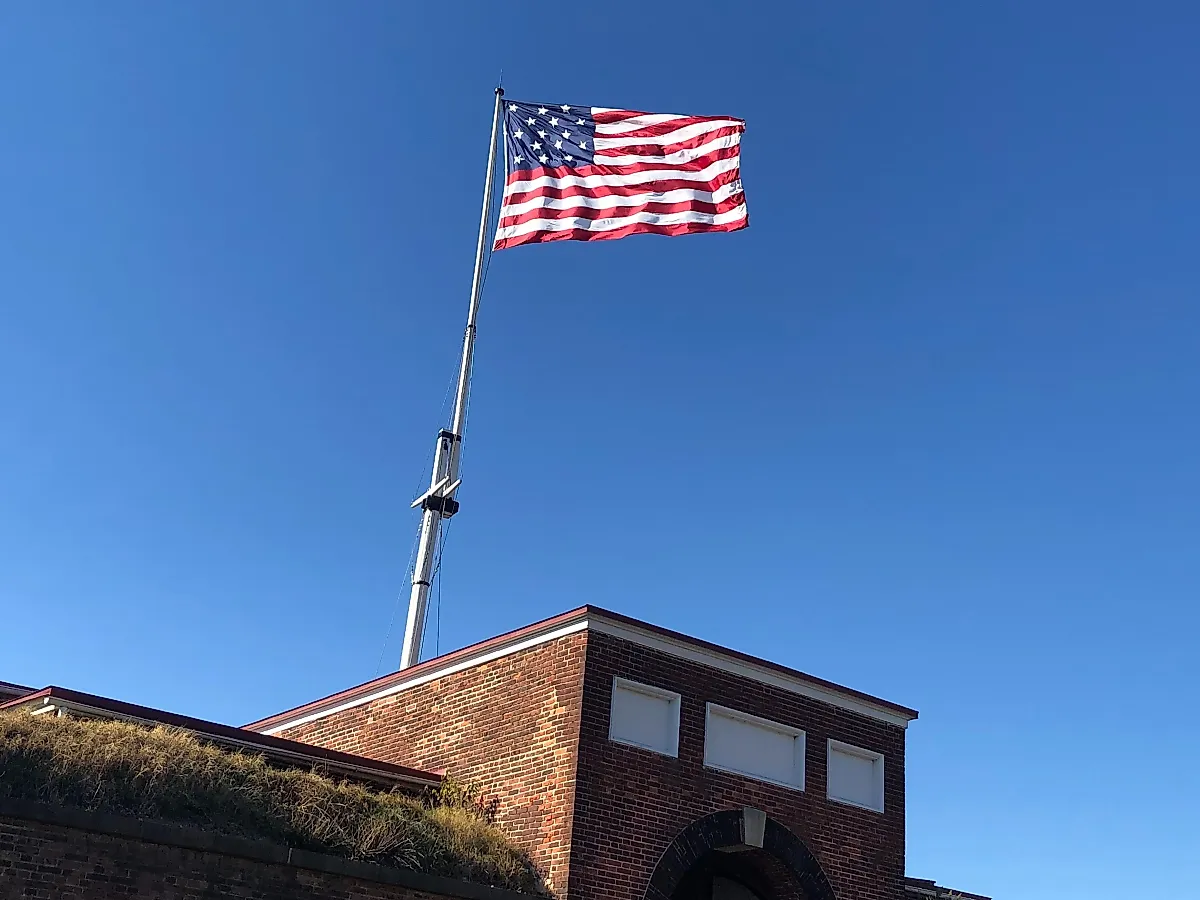
4 Historic Battles That Shaped Maryland
If you’re driving through Maryland today, you might notice peaceful small towns, open farmland, and gentle hills rolling by. But underneath that calm surface lies a history marked by intense battles that helped shape the nation. Maryland is often called “America in Miniature” because its landscapes hold a bit of everything, and it’s been the backdrop for some of the most important moments in US history.
These battlefields hold stories of real courage and sacrifice: the lost fight at Bladensburg during the War of 1812; the nonstop cannon fire at Fort McHenry that inspired the Star-Spangled Banner; the bloodied fields of Antietam; the tough fights along South Mountain’s ridges. These four historic battles that shaped the state of Maryland are reminders of the ways in which they changed both Maryland and the country.
The Battle of Bladensburg (1814)
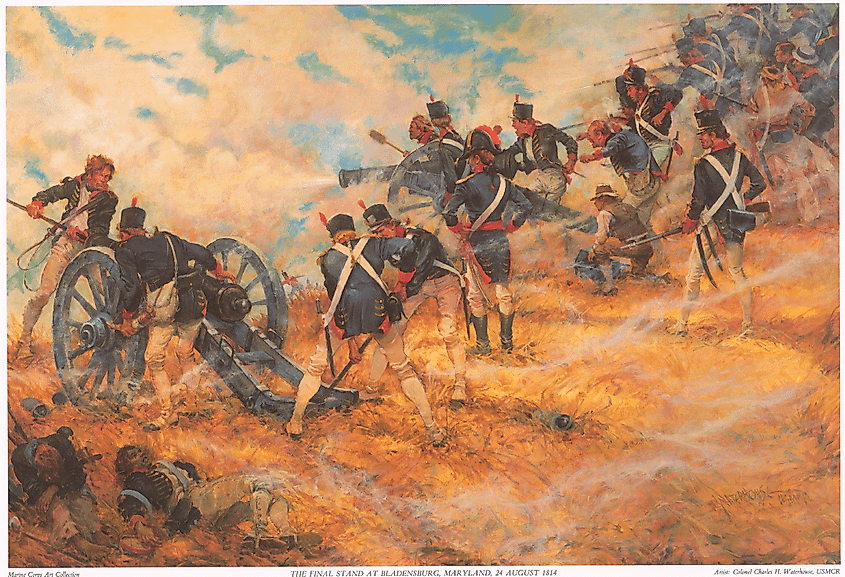
On Aug. 24, 1814, in Bladensburg, just outside Washington, D.C., American forces tried — and failed — to stop the British from reaching the capital during the War of 1812. Most of the militia barely knew how to handle their weapons. As soon as the British fired, many of them panicked and ran. What should have been a defense quickly turned into a retreat.
But Commodore Joshua Barney, a veteran of the Revolutionary War, refused to run. He gathered about 400 sailors and marines, known as “flotillamen,” and set up cannons on a hill, firing into the advancing British troops. His men held the line as long as they could, but eventually they were surrounded. Barney was wounded and captured.
It wasn’t enough to stop the British from marching into Washington and setting fire to the Capitol and the Presidential Mansion — later rebuilt and renamed the White House.
The Battle of Baltimore (1814)
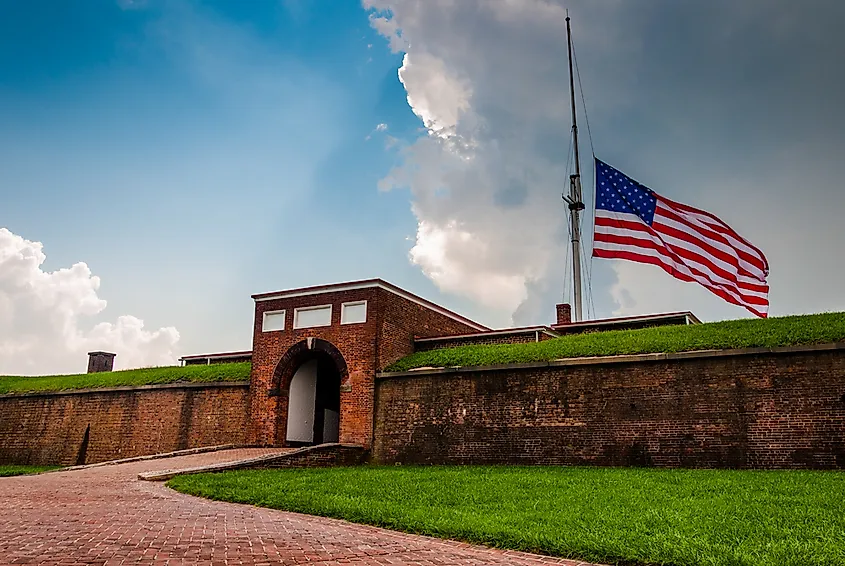
After burning Washington, the British moved on to Baltimore. Their goal was to take the city, but first, they had to get past Fort McHenry, which guarded the harbor. On the night of Sept. 13, 1814, British warships unleashed a bombardment that lasted 25 straight hours.
Inside, Major George Armistead made a bold move. Before the battle even started, he had commissioned Mary Young Pickersgill, a Baltimore seamstress, to sew an enormous flag, one so large the British could see it from the bay.
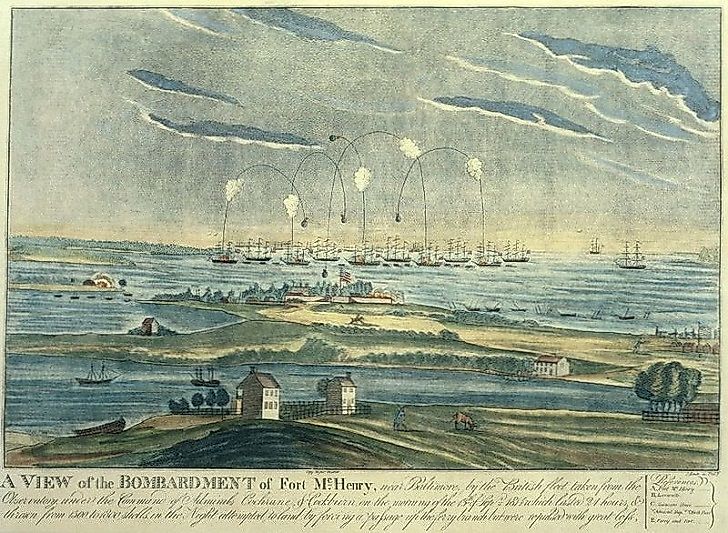
Watching from a British ship in the Baltimore harbor was American lawyer Francis Scott Key, who had boarded the ship to negotiate the release of a prisoner. Key was stuck there as the battle raged, powerless to help. But when dawn came, and he saw that massive American flag still waving, he was so moved he began scribbling down the first lines of a poem, titled "The Defence of Fort M’Henry." That poem, of course, would become “The Star-Spangled Banner.”
The Battle of Antietam (1862)
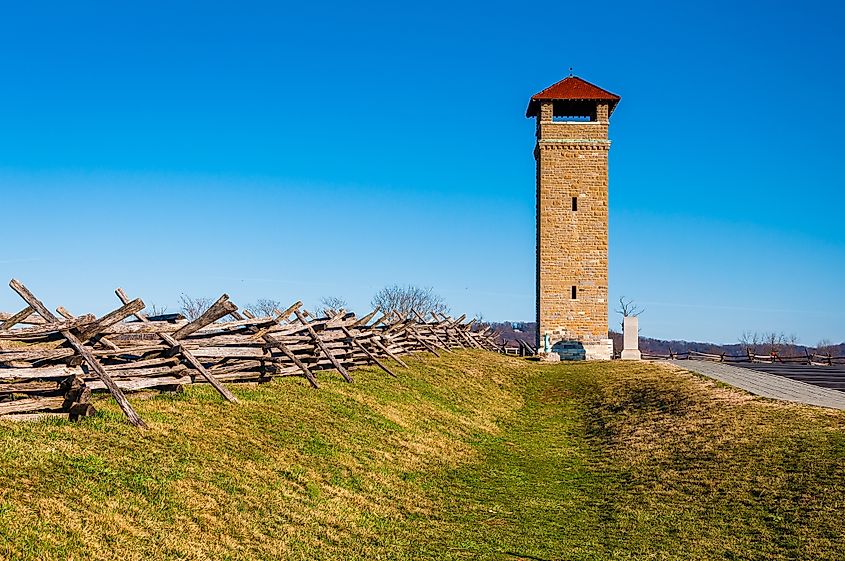
If you walk the fields near Antietam Creek today, they’re eerily quiet, just cornfields, stone bridges, and rolling hills. But on Sept. 17, 1862, those same fields turned into the site of the bloodiest single day in American history, known as the Battle of Antietam.
The Civil War was in full swing, and Confederate General Robert E. Lee had just marched his army into Maryland, hoping to bring the fight to Northern soil. Union General George B. McClellan had a rare advantage going into the battle: his troops had found a copy of Lee’s battle plans, accidentally left behind.
The battle led to a series of brutal, back-and-forth fights. There was Miller’s Cornfield, where Union and Confederate soldiers shot each other point-blank through rows of corn. There was the Sunken Road, later known as Bloody Lane, where dead bodies piled up so high that the road disappeared beneath them. And there was Burnside Bridge, where Union soldiers tried, and failed, for hours to cross a narrow stone bridge under relentless Confederate fire.

Amid this horror, one figure moved steadily through the chaos: Clara Barton, a nurse who would later found the American Red Cross. She brought her own medical supplies, bandaged wounds, and comforted the dying, sometimes while bullets flew around her. In one moment that stuck with her for life, a bullet sliced through her sleeve and killed the man she was tending. Barton didn’t stop working. Her act of heroism led to her being called the “angel of the battlefield.”
When the smoke cleared, more than 22,000 men were dead, wounded, or missing. The battle ended in a tactical draw, but it gave President Abraham Lincoln just enough of a win to announce the Emancipation Proclamation, changing the Civil War from a battle over union into a battle over human freedom.
The Battle of South Mountain (1862)
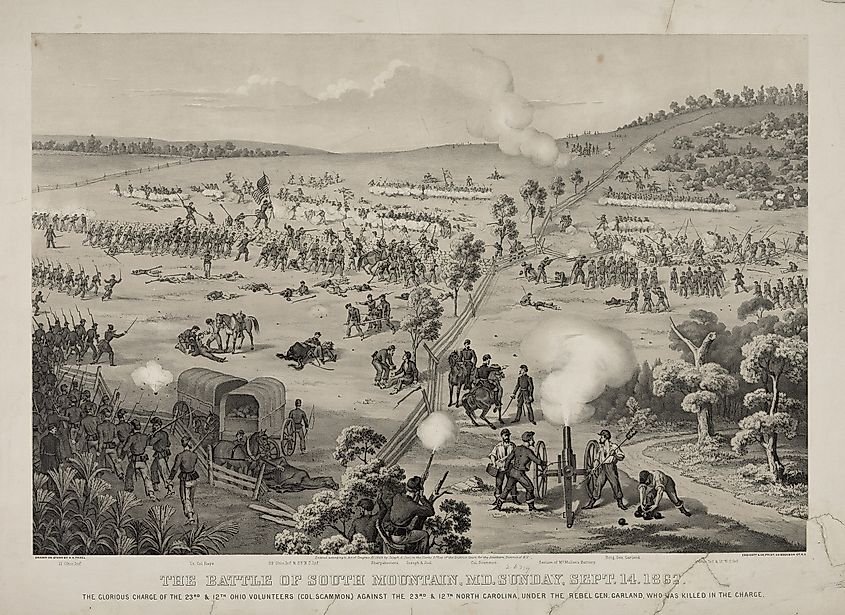
Just three days before Antietam on Sept. 14, 1862, the Union and Confederate armies collided in the passes of South Mountain.
Union troops, led by George B. McClellan, were racing to block Robert E. Lee’s advance. McClellan had gotten his hands on Lee’s battle plans. But Lee wasn’t going to give up the mountain easily.
The fighting at Turner’s Gap, Fox’s Gap, and Crampton’s Gap was brutal, often hand-to-hand. At Fox’s Gap, Union General Jesse L. Reno led his men up the steep slope himself, personally directing the charge. As dusk fell, a Confederate sharpshooter shot Reno in the chest. His final words, according to soldiers who heard him, were "Tell my command that if not in body, I will be with them in spirit."
The Union victory at South Mountain forced Lee to regroup and set the stage for the even bloodier battle at Antietam. Though it’s sometimes overlooked today, South Mountain was a critical turning point in the Maryland Campaign.
Maryland’s Battlefields: Where History Lives On
Today, Maryland’s battlefields may appear calm and still, but beneath that quiet lies a legacy of profound sacrifice and resilience. These grounds witnessed intense struggles that shaped the nation’s path, not just in history books, but through the real courage of those who fought and endured. The stories of Bladensburg’s sailors, the enduring symbol of Fort McHenry’s flag, the brutal cost at Antietam, and the fierce stand at South Mountain all remind us how deeply Maryland’s past is woven into America’s story.
